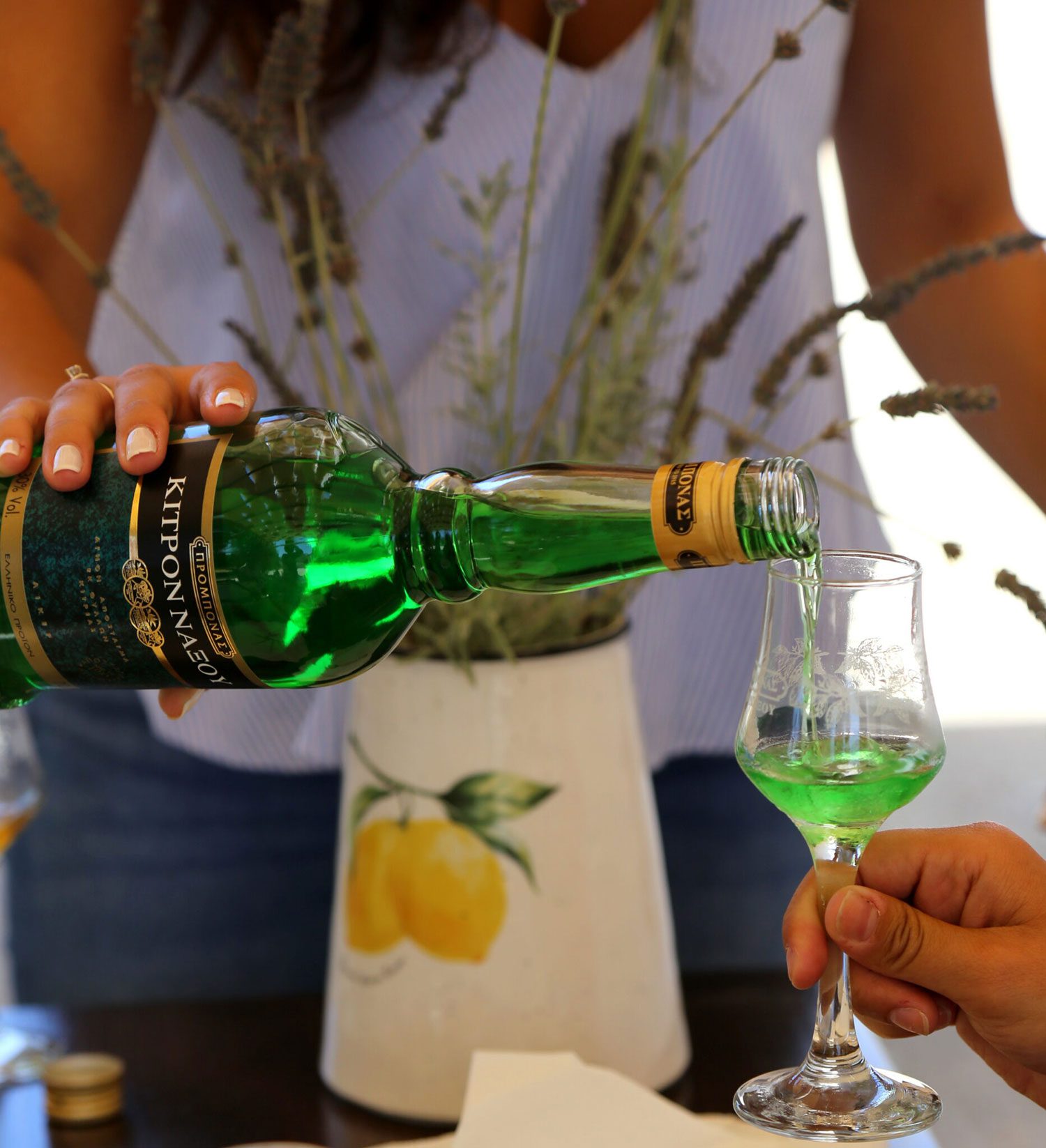Naxos traditional, local products
Get to know Naxos traditional products and local delicacies
Due to its size, its central position in the Aegean Sea, and its natural wealth, Naxos island has been self-sufficient since antiquity and produces a plethora of traditional products. Its olive oil and fruits were renowned throughout the archipelago, while its wine was likened to the nectar consumed by the Gods.
Discover the local products of Naxos
Naxos is also renowned for its unique cheeses, such as arsenic, gruyere, and xynomyzithra.
The island also produces excellent thyme honey and good wine.
The potatoes of Naxos have such taste and fine quality that has made them famous.
Naxos Cheese
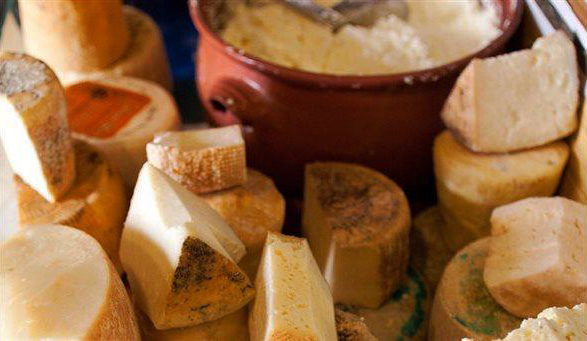
Today, the Naxian cheese industry includes a wide variety of tastes.
Interestingly, many local producers persist with traditional production methods while having modernized their installations.
- Naxos Gruyere – The most widely-recognized Naxos cheese is the Naxian cheeses gruyere, the production of which has been protected since 1988 and carries a Protected Designation of Origin (PDI) since 1996. It is made with a minimum of 80% cow’s milk, 20% goat’s and cheep’s milk at most and traditional rennet. It is a hard, table cheese, with a pleasant flavor and fragrance.
- Xinomyzithra – Another well-known Naxian cheese is xinomyzithra, a cream cheese with a slightly sour taste, mainly made with goat’s milk. It is ready in 24 hours after the milk has been drawn and has to be consumed within a few days because it is fresh and contains no preservatives.
- Arseniko – Another traditional cheese variety is kefalotyri, locally known as arseniko (“masculine”), which is produced with 100% sheep’s milk. It is a hard cheese in cylindrical shape, with a hard but relatively thin outer layer and a color between off-white to off-yellow. It has a pleasant salty and piquant taste and rich aroma.
Local Honey
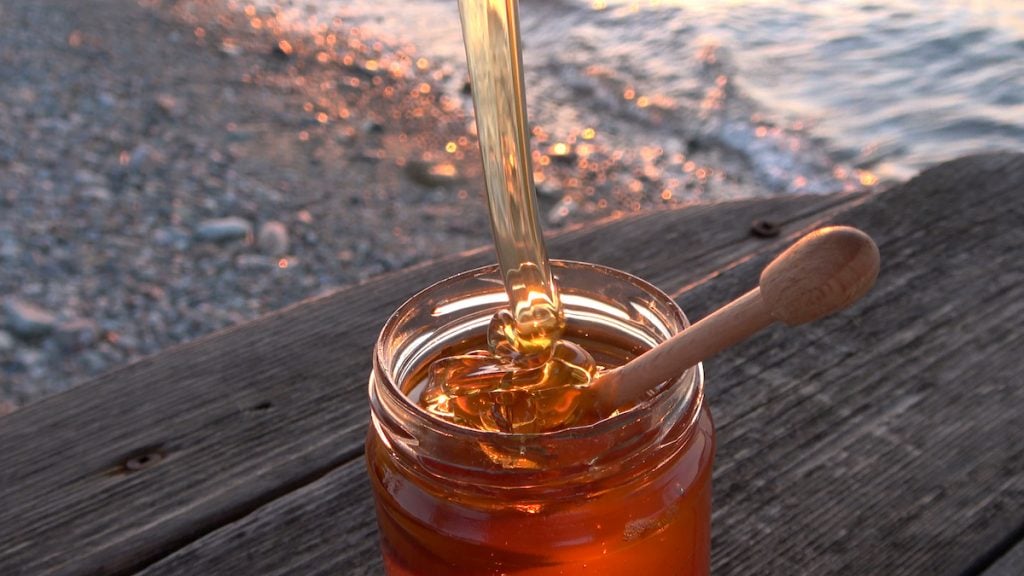
Due to its rich flora and high fluctuations in altitude, Naxos is ideal for the production of honey.
Bees mainly feed on thyme and heather, and in the summer, on sage, oregano and spring flowers. The largest part of the 35 to 40 tons of greek naxian honey produced annually is thyme honey – the rest being mainly heather and spring flower varieties.
Spoon sweets
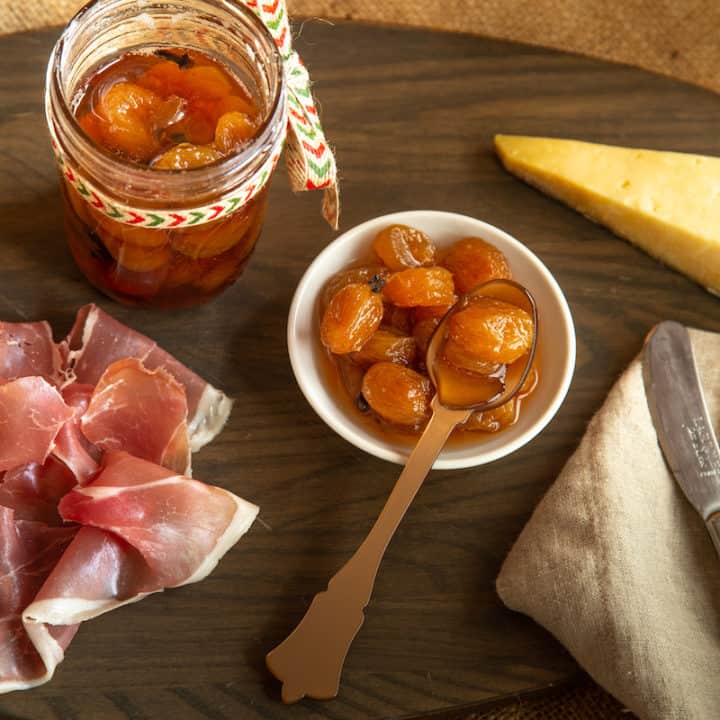
Sweets occupy a distinct place in Naxos’s gastronomic constellation.
Recipes have been handed down from one generation to the next and are prepared in the traditional way with pure local products. You may find a large variety of sweets in most villages & shops.
One of Naxos’s best-known traditional sweets is Melachrino – a walnut pie containing a small quantity of locally produced citron liqueur, usually served with aimaki ice cream which is made from sheep’s milk.
Endowed with a wide variety of fruit trees, Naxos also offers an array of spoon sweets and preserves, the most characteristic of them being the varieties of cherry, citron, quince, sour cherry and papilona (a cross-fertilization between bergamot and bitter orange), which are sold at many outlets on the island.
Citron Liqueur
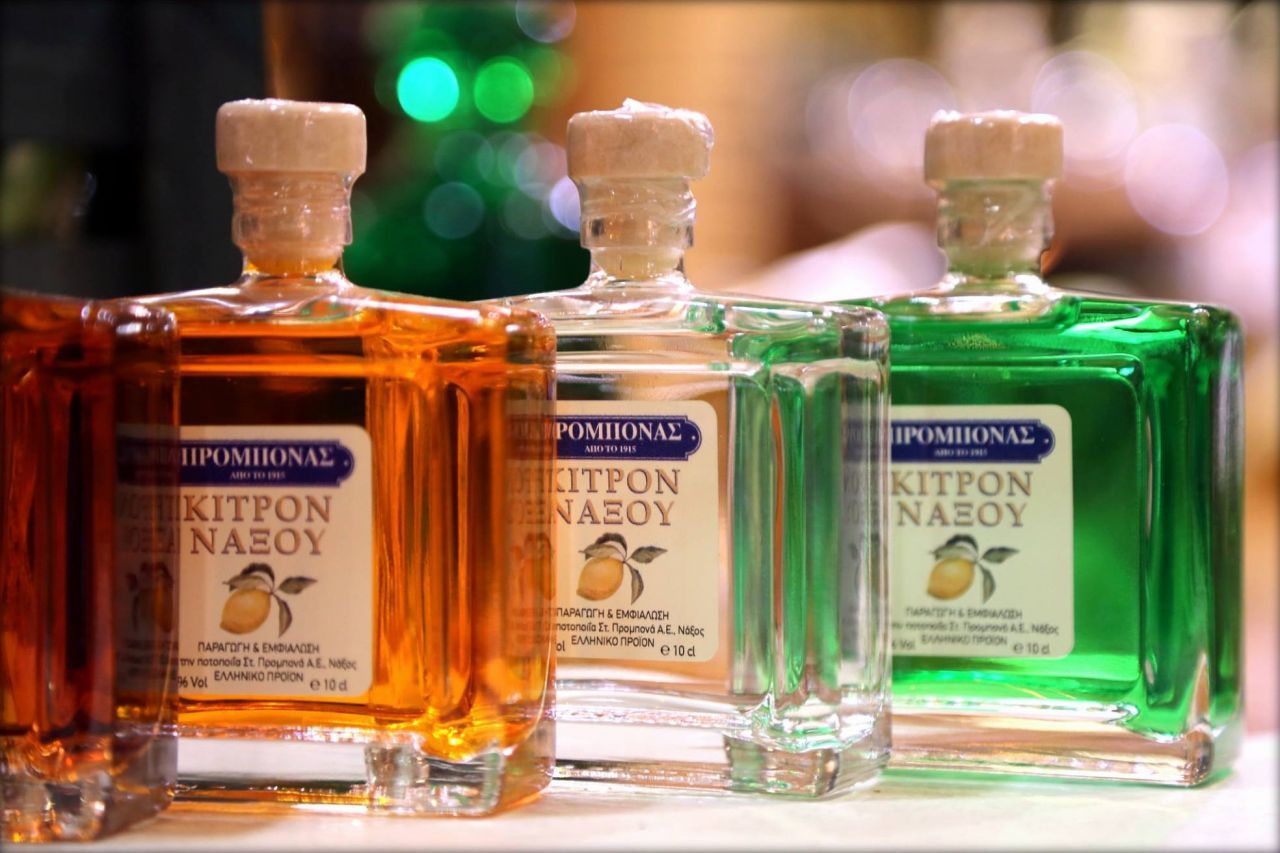
Naxos’s renowned citron liqueur is one of the three Greek aperitifs marketed with a Protected Designation of Origin.
Citron leaves are used to produce the “Naxos citron” liqueur and the fruit itself is used in various spoon sweets.
The production process starts with the collection of citron leaves when they are fully fragrant – that is, from September and possibly throughout the winter.
After careful selection to exclude dry and diseased leaves, they are bathed in alcohol in a traditional pot still. The essential oils of the leaves are dissolved in the alcohol and the distillate gives three basic spirit types: white at 33 degrees, green at 30 degrees and yellow at 36 degrees.
Naxos Potatoes
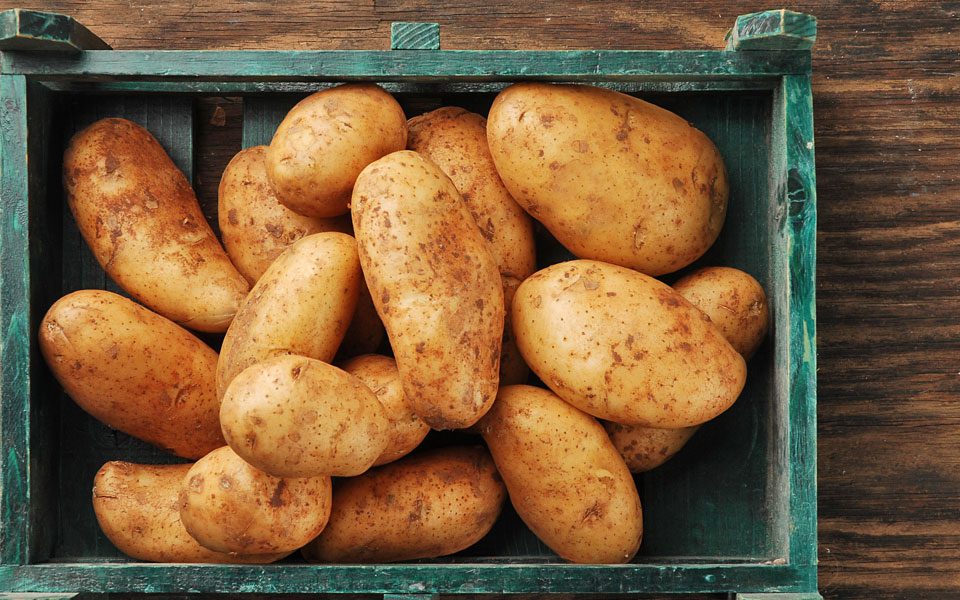
Naxos is well-known for the quality and taste of its potatoes, which are cultivated especially in the valley of Livadi.
The quantities produced in Glinado and the other villages in the valley are such that permit their export to other parts of Greece.
Cultivation of the vegetable began in 1953 with the founding by the government of the Seed Potato Center, which made Livadi the officially designated area for the production of seedlings that would be distributed to other areas of Greece.
The Naxian potatoes are considered the best potatoes in Greece and are even available abroad.
- naxos.gr




